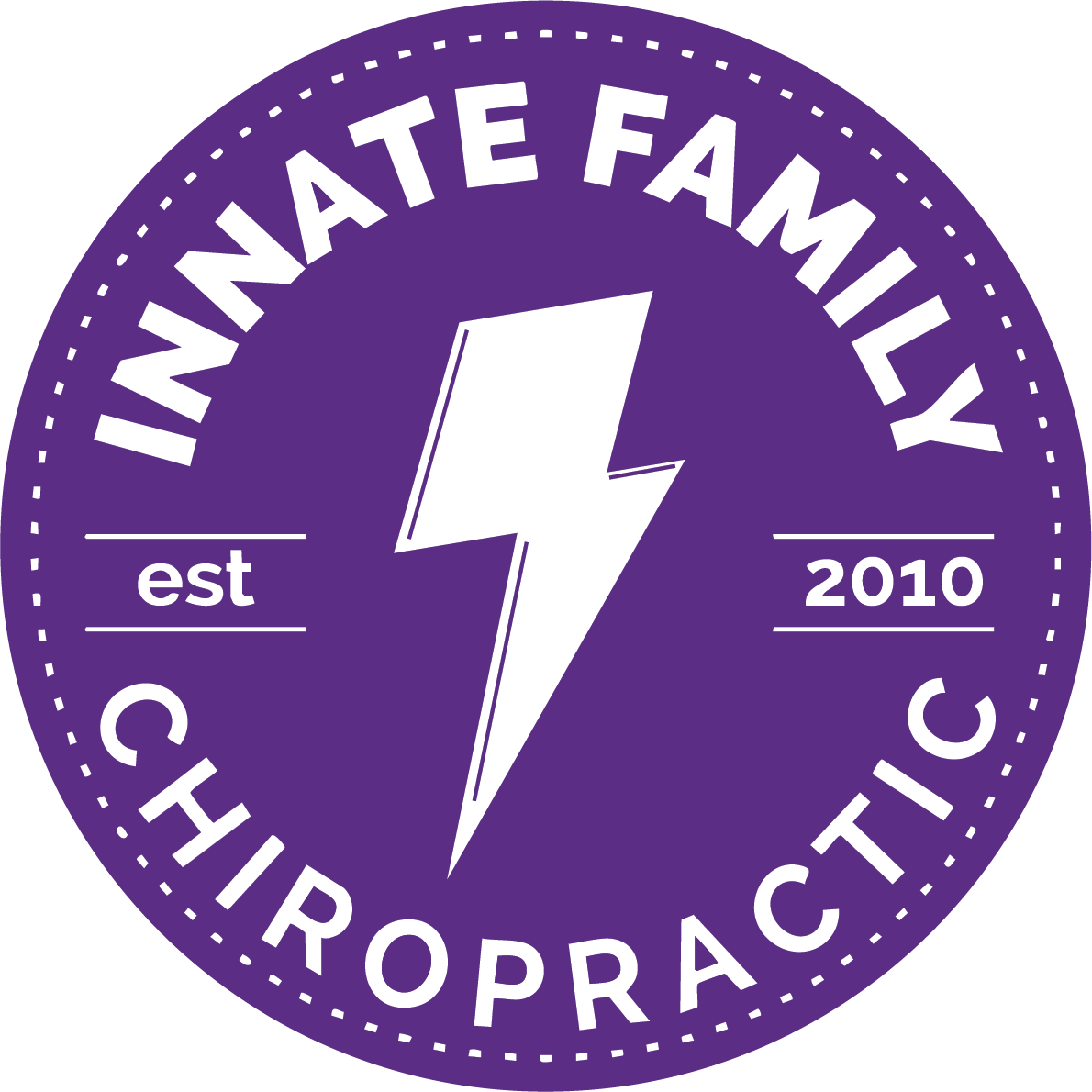Crying All Night? How Chiropractic Can Soothe Colic in Babies
Hey exhausted parents! If your baby's endless crying sessions have you pacing the floor at all hours, questioning your sanity, know that you're not alone—and help is closer than you think. In my latest YouTube video, I dive into the world of infant colic and share how gentle chiropractic care can turn those tearful nights into peaceful ones. It's all about supporting your little one's developing nervous system without drugs or guesswork. Watch the full video here for a live demo, parent Q&A, and more stories that might just give you hope, but let's break it all down here so you can read it while sneaking in that much-needed coffee.
Colic hits hard—up to 20% of babies suffer through it, with those piercing cries, clenched fists, and gassy tummies making the first few months feel like a battlefield. But what if it's not just "normal" baby fussiness? Often, it's a sign of subtle spinal stress from birth, and chiropractic offers a safe way to ease it. I'll walk you through a touching case from my practice, the real reasons behind the wails, and why this approach is a game-changer for families like yours.
From Chaos to Calm: A Colic Success Story
Imagine this: A first-time dad brings in his 5-week-old son, both looking utterly drained. "He cries for hours after feeds, arches his back like he's in pain, and nothing soothes him—not rocking, not swaddling, not even the white noise machine," he shares, rubbing his temples. They'd tried every bottle switch and burping trick in the book, but the colic was relentless.
In the video, I explain the gentle exam we did—no big movements, just careful palpation. We found minor subluxations in the baby's upper neck and lower back, common from the twists and turns of delivery. These were irritating nerves tied to digestion and relaxation, ramping up the discomfort. Using the lightest touch possible (lighter than a parent's kiss), we made precise adjustments. Fast-forward a week: Crying time plummeted from three hours a night to under 30 minutes. Dad reported, "It's like he finally figured out how to relax—smiles and all." Moments like these remind me why I love pediatric care: Tiny tweaks, massive relief.
Unpacking Colic: The Spinal and Nerve Story
Colic isn't a mystery disease—it's often your baby's way of saying their system is overwhelmed. Peak fussiness hits around 6 weeks, tied to an immature gut and a nervous system still wiring itself. But here's the chiropractic insight: The birth process can compress the spine (with forces up to 100 pounds!), creating misalignments that disrupt signals to the tummy and vagus nerve—the body's chill-out button.
When those pathways get blocked, digestion slows, gas builds, and stress hormones spike, fueling the cry-fest. Adjustments clear the interference, helping the brain better communicate with the gut for smoother motility and calmer vibes. Research supports this too—a 2020 review in Explore: The Journal of Science and Healing found that infants receiving chiropractic care saw colic symptoms drop by over 80% in many cases, often within days. It's empowering: Your baby's body wants to self-soothe; it just needs the green light from a well-aligned spine.
Why Chiropractic Stands Out for Colicky Babies
In the sea of colic remedies—from herbal drops to endless carrier walks—chiropractic cuts through by targeting the root, not just patching the surface. Over-the-counter options might numb the symptoms temporarily but can overlook how birth stress lingers in the spine, setting off a cycle of irritability. Adjustments, on the other hand, promote overall balance: Better nerve flow means improved sleep for baby (and you), fewer reflux episodes, and even enhanced breastfeeding latch as tension eases.
Parents often tell me it's the first thing that addresses the "why" behind their baby's distress, leading to longer-lasting calm. No side effects, no dependency—just your infant's innate healing kicking into gear. If you've been in the trenches, this shift from reactive soothing to proactive support can feel like a lifeline.
Steps to a Quieter Home: Your Colic Action Guide
Hanging in there? Here's how to move from survival mode to thriving:
Consult a Specialist: Find a chiropractor experienced in pediatrics (look for ICPA certification). Share your birth story and symptom timeline for a tailored plan—most babies respond quickly.
Gentle Home Supports: While you wait, experiment with warm compresses on baby's tummy, probiotic-rich feeds if formula-feeding, and lots of skin-to-skin contact to regulate their system.
Dive Deeper: Check out the video here for safe at-home positioning tips and what to expect from that first visit.
Colic is tough, but it's temporary—and with the right tools, you can shorten the storm. You've already proven you're an amazing parent by seeking answers. What's one colic hack that's worked (even a little) for you? Spill in the comments; let's build a support squad.
Thanks for reading through the fog! For more newborn wellness wisdom, hit play on the video here and subscribe on YouTube. Wishing you all some sweet silence soon.
